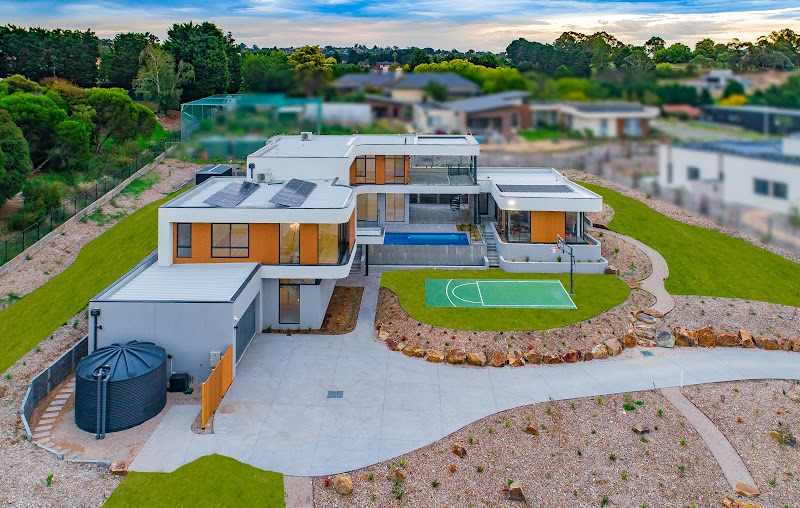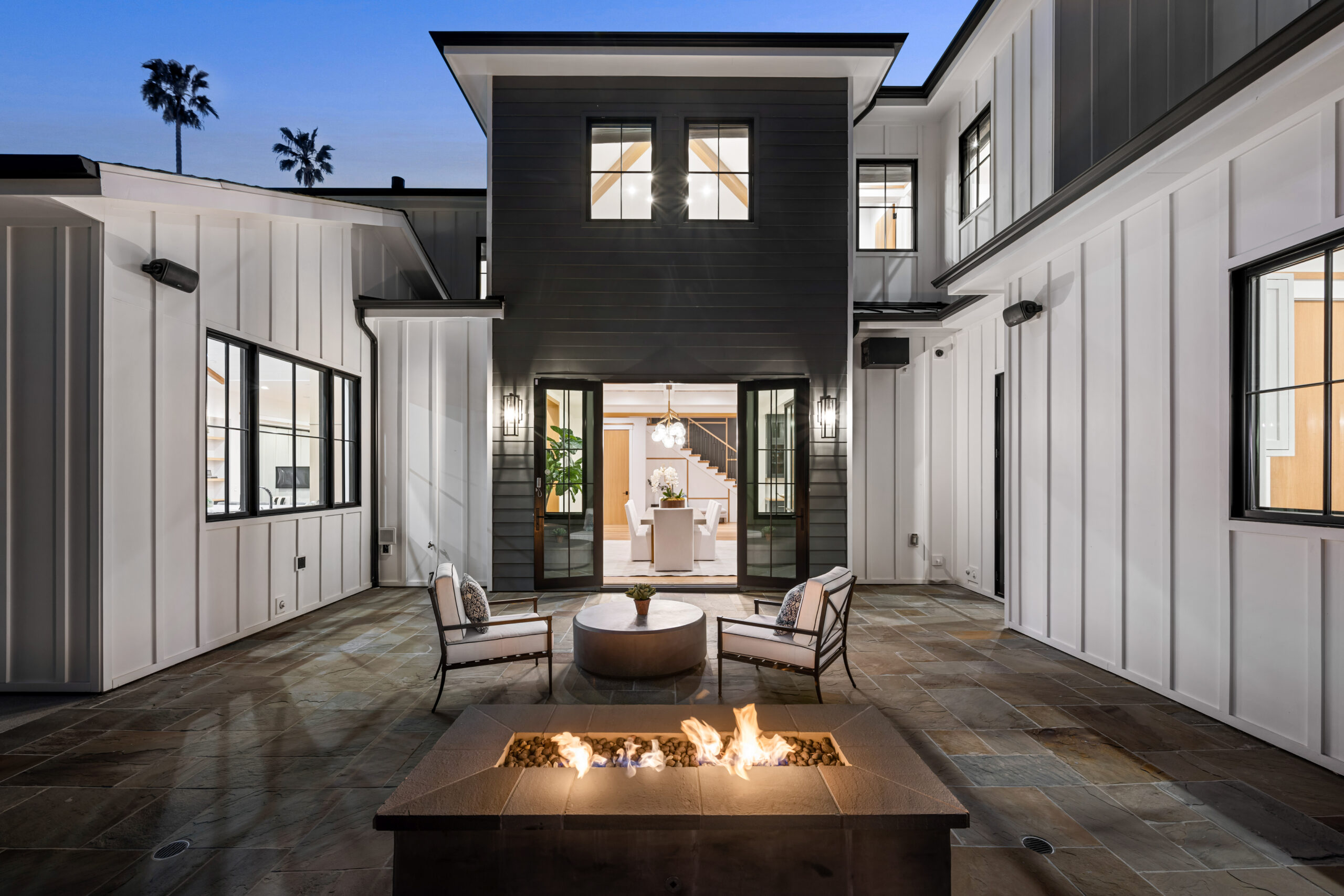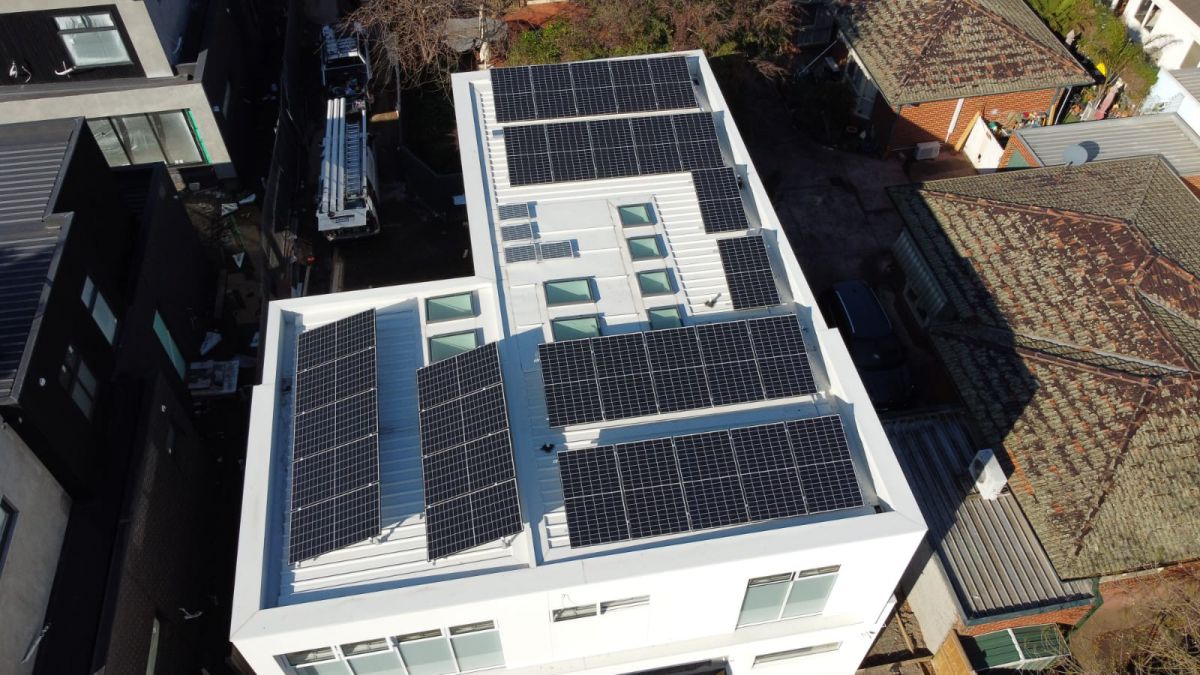Maximising natural light in your home is one of the simplest yet most effective ways to create a more inviting, comfortable, and energy-efficient living space. Natural light not only brightens up your interiors but also enhances your mood, gives your rooms a more spacious feel, and can reduce energy costs by reducing the need for artificial lighting. Whether you’re building or renovating in Australia, there are many simple ways to ensure that your home is designed to make the most of the sunlight available.

One of the best ways to maximise light at home in Australia is by carefully planning the orientation of your home. North-facing windows will capture the most sunlight throughout the day, which is particularly important in cooler months. Proper orientation can significantly reduce the need for artificial lighting, keeping your home bright and cheerful throughout the year. When considering how to maximise natural light in a building, the right orientation should be your first priority.
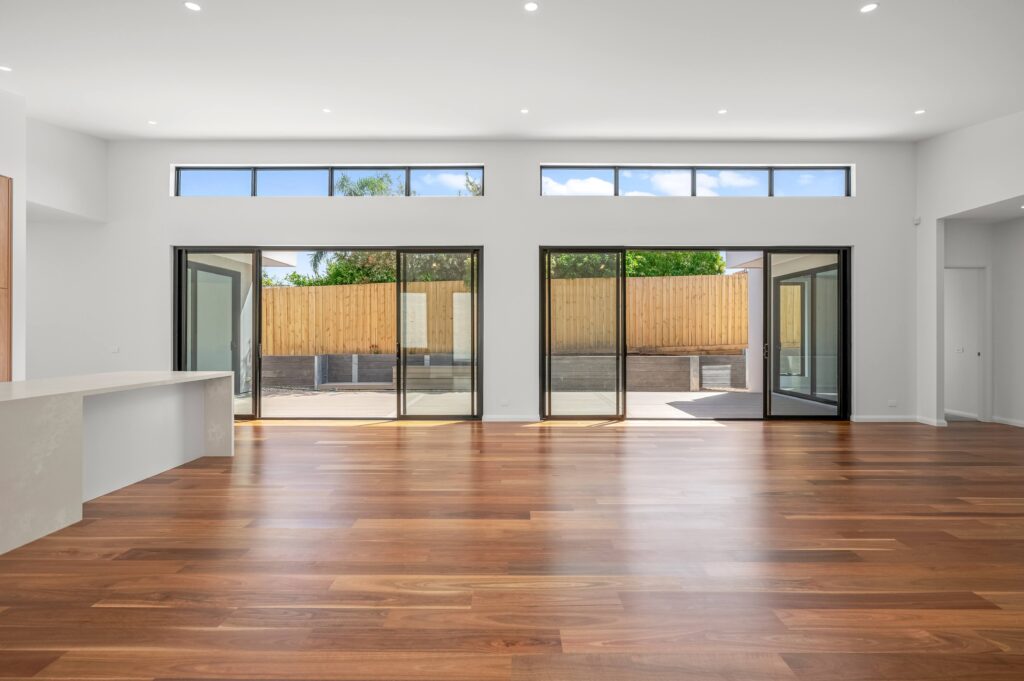
Another effective way to increase the natural light in your home is by incorporating large windows and doors. By installing floor-to-ceiling windows or wide sliding glass doors, you allow sunlight to flood into your interior spaces, instantly making them feel brighter and more open. This approach to maximising light at home in Australia doesn’t have to be expensive, and it’s one of the simplest ways to bring more natural light into your living areas while keeping the price reasonable.
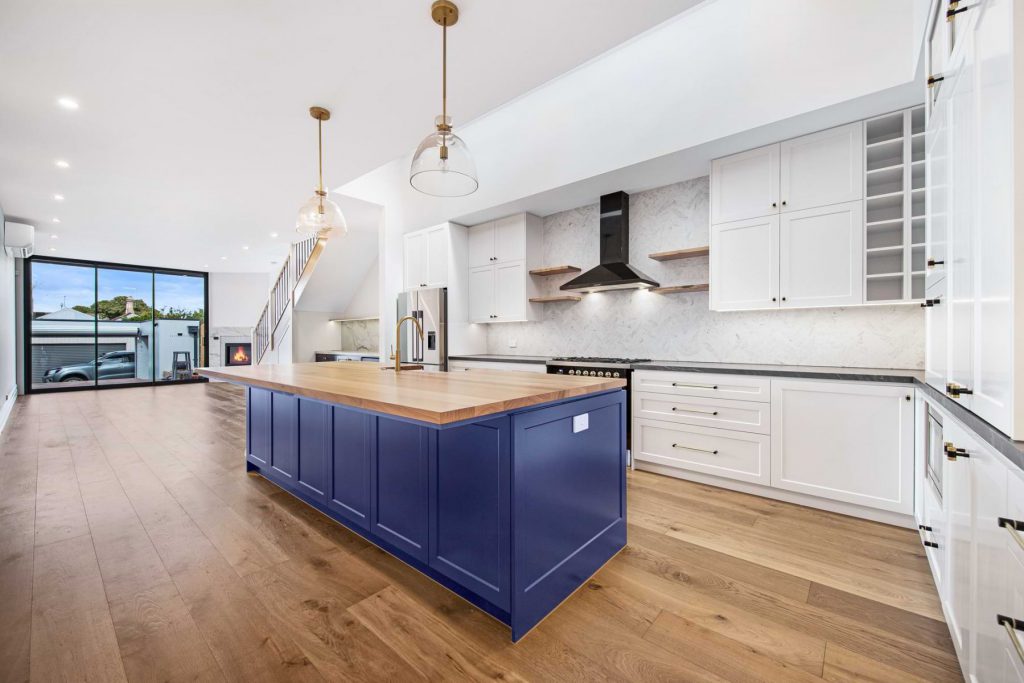
Choosing the right paint colours is also crucial for making the most of natural light. Light, reflective colours—such as white, light grey, or soft pastels—will reflect sunlight rather than absorb it, helping to brighten up any space. Opt for finishes with a satin or gloss effect, as they will bounce light around the room, helping to increase natural light in a room even on cloudy days. Using these simple techniques, you can create a much lighter and airier feel in your home without needing to make major structural changes.
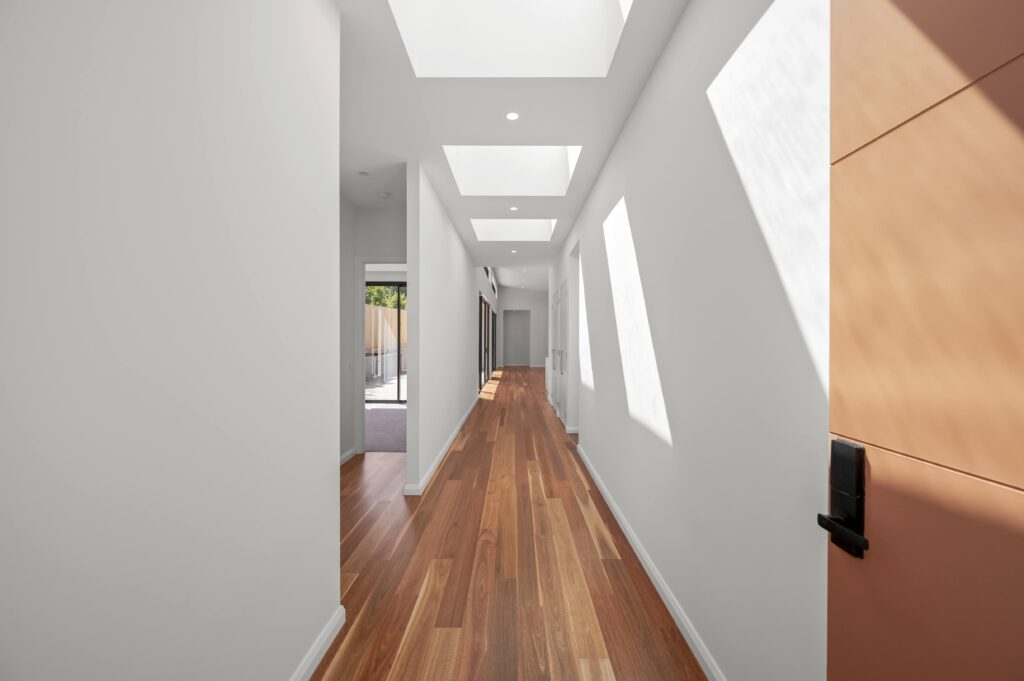
For spaces that lack exterior walls for windows, skylights are an excellent option. Skylights allow sunlight to enter from above, which is especially useful in areas where traditional windows may not be feasible, such as bathrooms, hallways, or kitchens. If you’re trying to figure out how to get natural light into a room without windows, skylights are a fantastic solution. They can be designed to suit various roof styles and can instantly transform a dark room into a sun-filled space.

Mirrors are a highly effective tool for bouncing light around your home. Placing a large mirror opposite a window can double the amount of sunlight entering a room. If you’re looking for an easy and cost-effective way to maximise light at home, strategically placed mirrors can achieve this without making any changes to the layout or structure of your space. Mirrors also add a decorative element while serving a practical purpose by amplifying the natural light in the room.
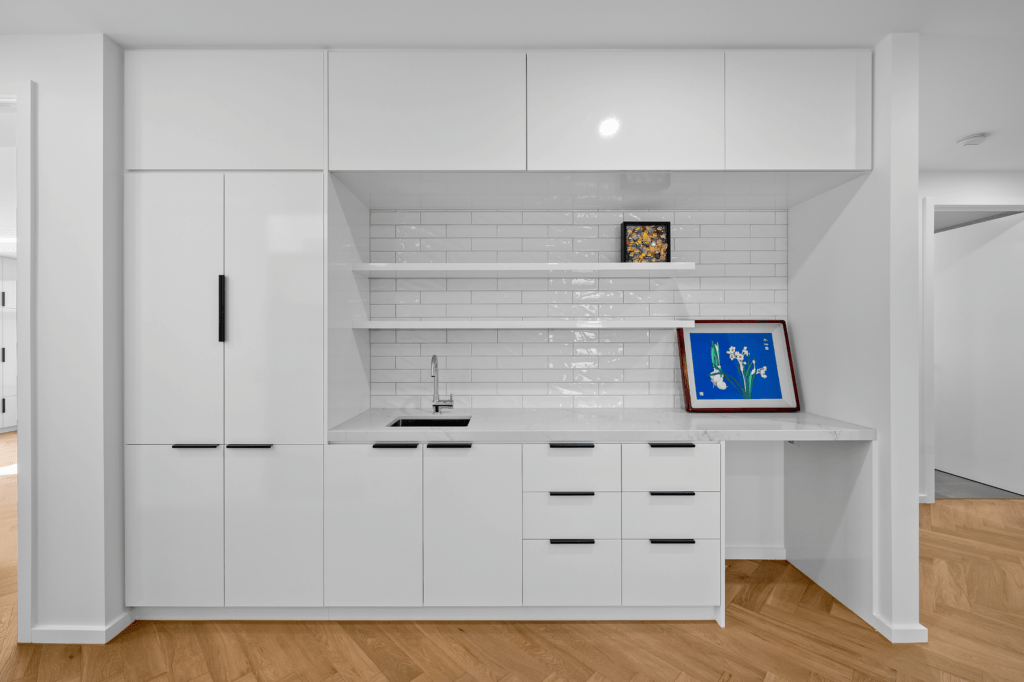
Another great option is using glass or reflective surfaces in your home decor. Glass tabletops, glossy tiles, and metallic finishes all have the ability to reflect light and brighten up a space. When you’re considering how to maximise light at home at a reasonable price, incorporating reflective surfaces is a simple design choice that can make a significant difference.
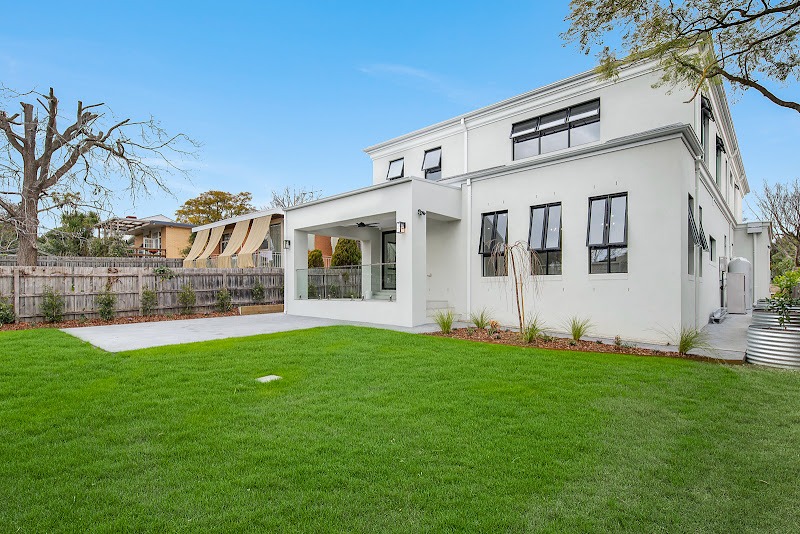
It’s also important to consider what’s happening outside your home. Overgrown trees, bushes, or other landscaping elements can block natural light from reaching your windows, so it’s essential to regularly trim back any exterior obstructions. By keeping your outdoor space well-maintained, you can ensure that as much sunlight as possible makes its way into your home. This easy fix can dramatically improve the amount of natural light in a room.
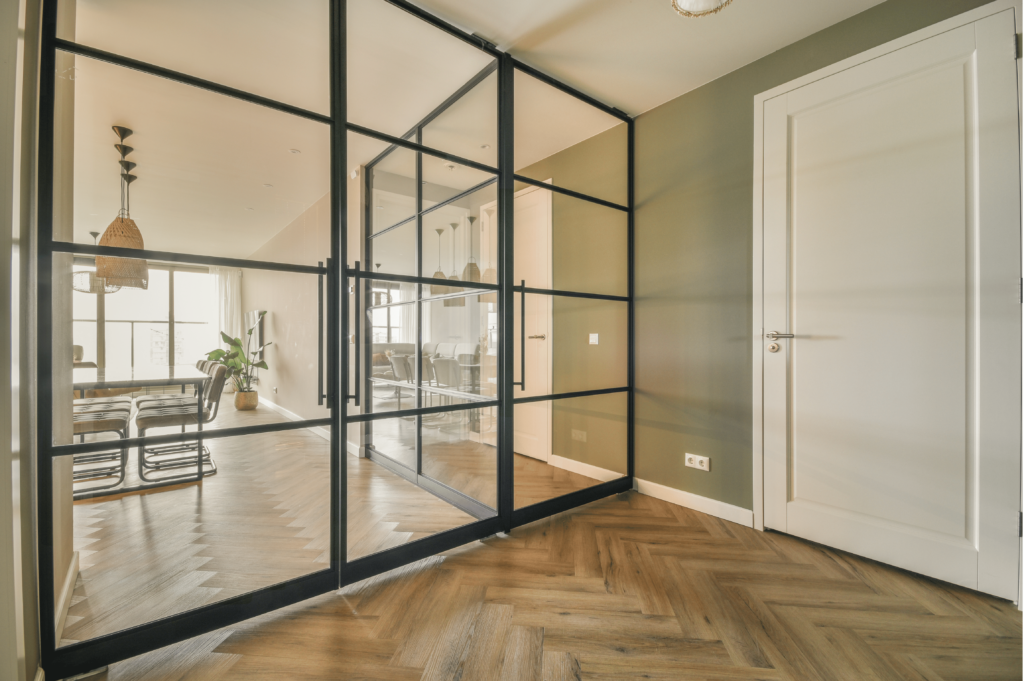
Interior glass doors are another great way to bring light into rooms that might not have exterior windows. Frosted or clear glass doors allow sunlight to pass through without sacrificing privacy, making them a perfect solution for those thinking about how to increase natural light in a room with limited window access. These doors work particularly well in rooms adjacent to sun-filled spaces, allowing the light to spread throughout the home.

If you’re concerned about privacy, heavy curtains may not be your best option. Instead, opt for light, airy window treatments such as sheer curtains, which allow sunlight to filter through while still offering some privacy. Double-layered curtains with sheer panels for the day and heavier drapes for the evening can also work well. Blinds are another option that allows you to control the amount of light coming into a room, giving you the flexibility to adjust for different times of day or levels of privacy.
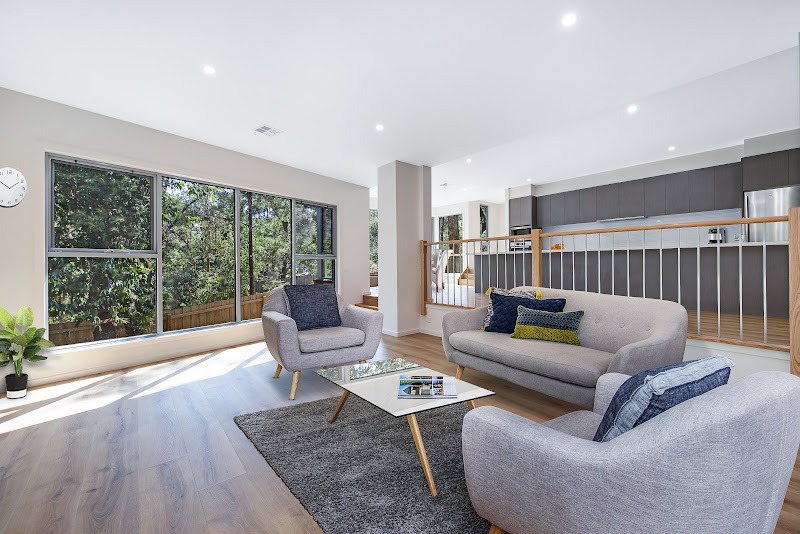
Finally, consider an open-plan layout when designing or renovating your home. Open-plan living spaces remove unnecessary walls, allowing light to flow freely through the house. This layout is especially beneficial if you’re trying to figure out how to get natural light into a room without windows, as the light from surrounding rooms can easily spill into darker spaces.
Maximising natural light in your home doesn’t have to come with a hefty price tag. While structural changes such as adding skylights or large windows can require a more substantial investment, small adjustments like using mirrors, choosing lighter paint colours, or trimming back trees can provide significant results without a big financial commitment. If you’re looking to maximise light at home at a reasonable price, there are plenty of budget-friendly options available.
Whether you’re building from scratch or renovating an existing space, increasing the amount of natural light in your home is a surefire way to enhance both the look and feel of your living environment. Implementing these strategies will help you create a home that’s not only brighter and more comfortable but also energy-efficient and appealing.
Reach out to HouseSpec Builder if you’re planning a new build or renovation and want expert advice on how to maximise natural light in your building.
